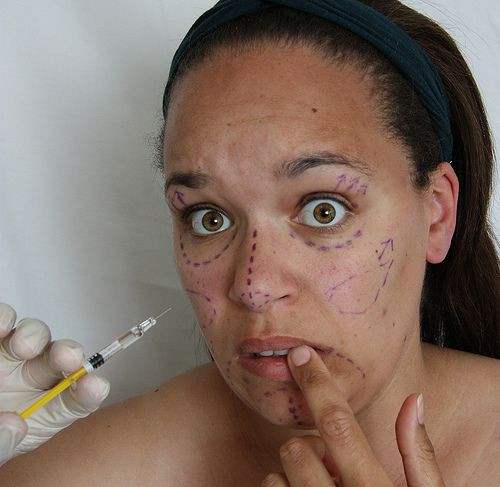FDA Approves Botox Cosmetic For Temporarily Improving Appearance Of Crow’s Feet

After two clinical efficacy and safety trials, the Food and Drug Administration (FDA) has approved the use of Botox Cosmetic (onabotulinumtoxinA) for use in temporarily improving the appearance of lateral canthal lines, more commonly known as “crow’s feet.”
A total of 833 people participated in the trials leading up to the drug’s approval, all of whom either had moderate or severe cases of lateral canthal lines and received either Botox or a placebo. Overwhelmingly, the participants given Botox showed greater improvements in removing their crow’s feet than subjects given the placebo. Currently, Botox Cosmetic is the only drug approved by the FDA for the temporary improvement of crow’s feet.
“This additional indication will provide people with a new FDA approved treatment option for those seeking a smoother appearance by temporarily minimizing the appearance of crow’s feet at the sides of the eyes,” Susan Walker, M.D., director of the Division of Dermatology and Dental Products in the FDA’s Center for Drug Evaluation and Research, said in a press release.
Botox Cosmetic was approved for use in temporarily smoothing out glabellar lines — wrinkles between the eyebrows, commonly called “frown lines” — in 2002. In both crow’s feet and frown lines, Botox reduces wrinkles by keeping the surrounding facial muscles from tightening. This prevention is what gives over-injections their sometimes uncannily smooth appearance.
The FDA originally approved Botox as a way to treat chronic migraines, severe underarm sweating, blepharospasm (eyelid spasm), and strabismus (misalignment of the eyes where one or both eyes turn inward or outward). The drug is administered via intramuscular injection. When administered for crow’s feet, the most common risk associated with it is eyelid edema — a swelling and fluid buildup around the eye.
Both Botox and Botox Cosmetic contain boxed warnings that the drug’s botulinum toxin may spread from the injection site to other areas of the body, mimicking the symptoms of botulism, which include potentially life-threatening difficulties with swallowing and breathing.
According the press release, however, “there has not been a confirmed serious case of toxin spread when Botox or Botox Cosmetic has been used at the recommended dose for the approved indications.”
Published by Medicaldaily.com



























